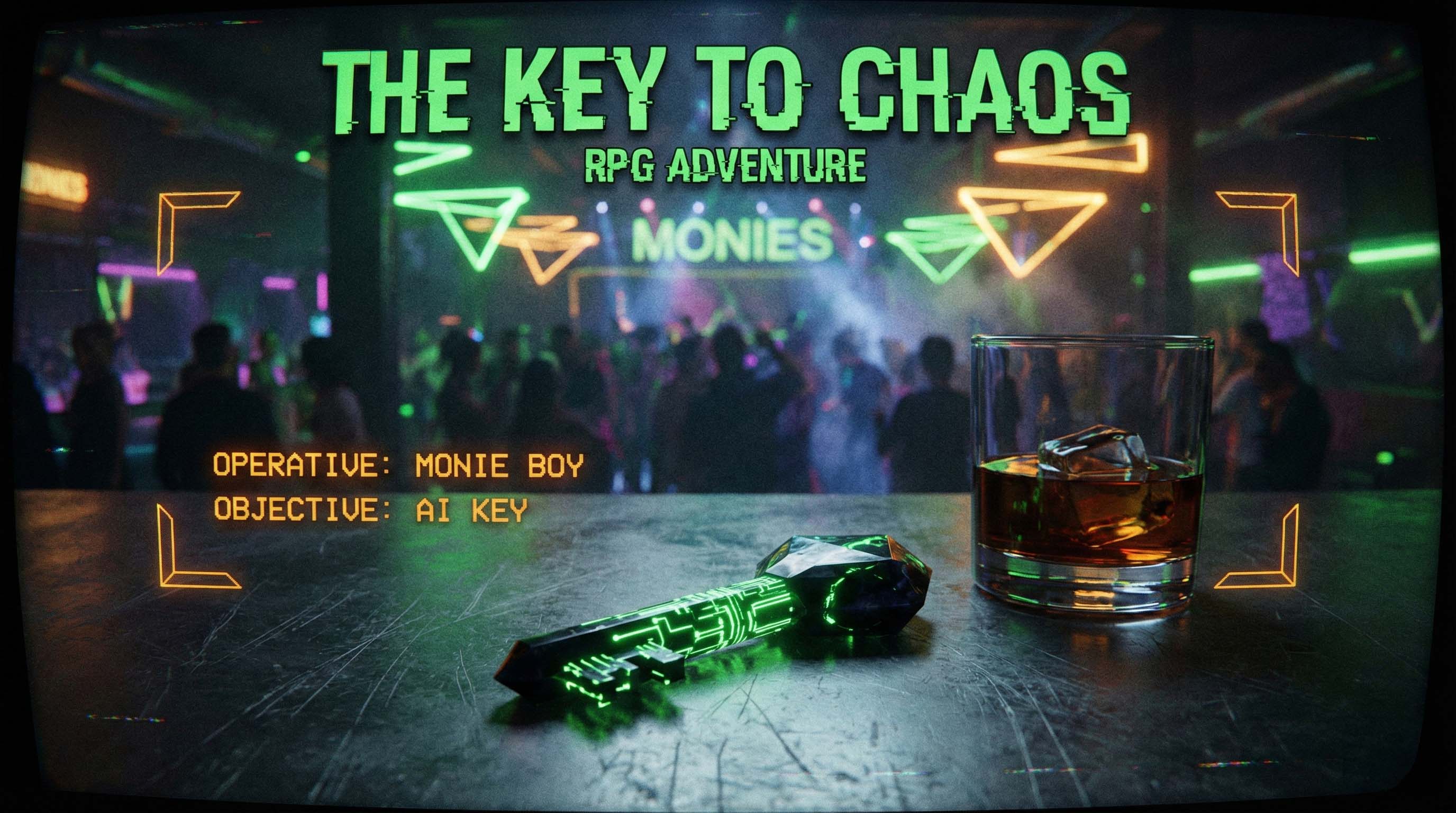
“Always make the audience suffer as much as possible.” – Alfred Hitchcock
The rain hits the bridge like war drums. Blades clash. Somewhere below, in the crypt-choked silence of a monastery, the scholar’s candle flickers out. He’s one breath away from finding the cursed ledger that could stop a war.
And you—
You cut away.
They groan. They curse. They demand to know what happens next.
Good. That’s the point.
Hitchcock called it Pure Cinema—storytelling through image and reaction, not exposition. In film, editing isn’t invisible. It’s everything. Each shot delivers precise narrative weight:
At the table, those shots become:
Then cut.
Don’t give them answers. Give them anticipation.
Every cut creates discomfort—and that discomfort is power.
Hitchcock didn’t build suspense by showing the bomb go off. He showed the bomb under the table, ticking while characters talked about the weather. The audience suffers—knowing what the characters don’t.
That’s what editing gives you at the table: control over time, sequence, and information.
In a TTRPG, cutting away isn’t just pacing. It’s a weapon.
This adds unpredictability. No one knows when the curtain will drop. Every moment feels like it could be the last before the cut.
You’re not just managing time. You’re amplifying suffering.
You’re not fading between moments. You’re slashing between them.
Fantasy: The knight’s shield shatters under undead assault as the rogue’s torch flickers in the tomb. A whisper in the dark—cut.
Sci-Fi: The engineer fights the override controls while zero-G combat rattles the station hull. One circuit overloads—cut.
PsychScape Historical: One resistance cell sabotages the factory. Another leads a defecting scientist through the fog toward freedom. A spotlight appears—cut.
Each beat ends in uncertainty. Each return feels earned.
In your next session:
And when they groan—don’t apologize.
That’s the sound of players trapped between scenes, desperate for answers.
They’ll remember the blade. Not the wound.
The silence. Not the scream.
The wait. Not the reveal.
That’s not cruelty.
That’s storytelling.
That’s Pure Cinema.

